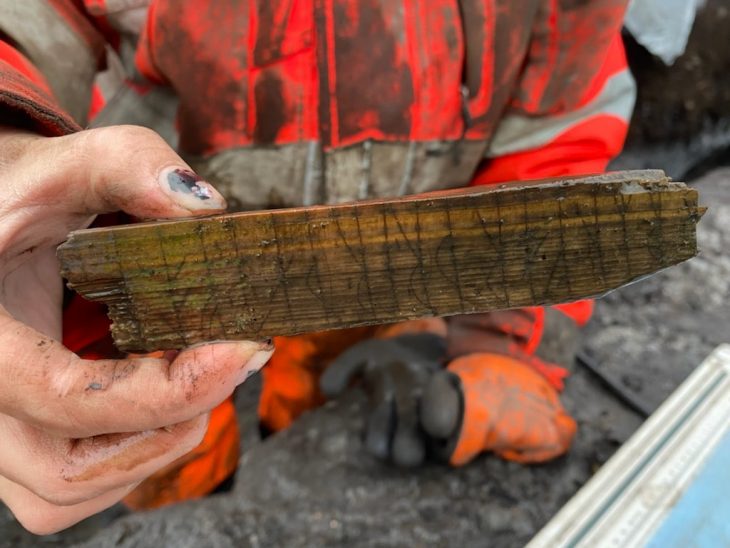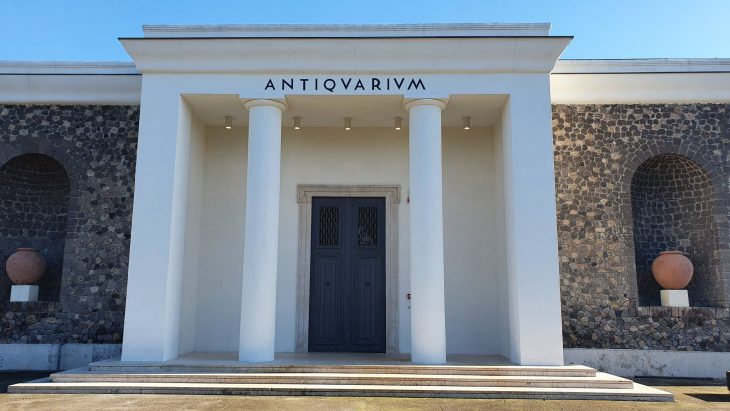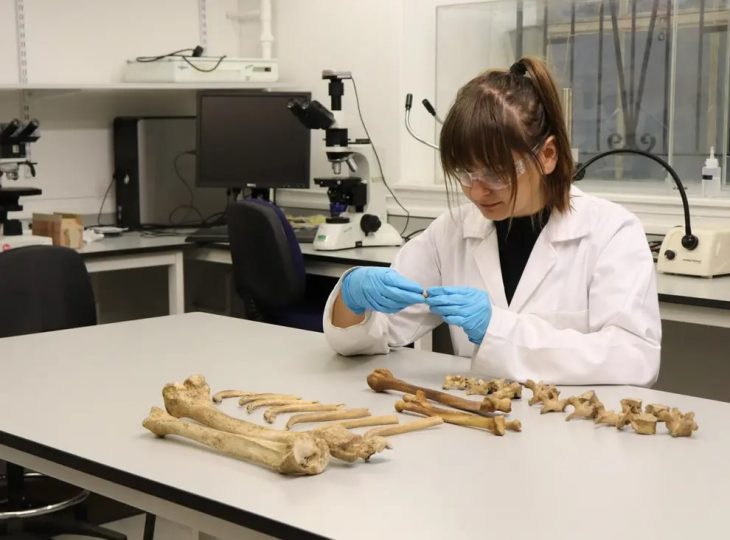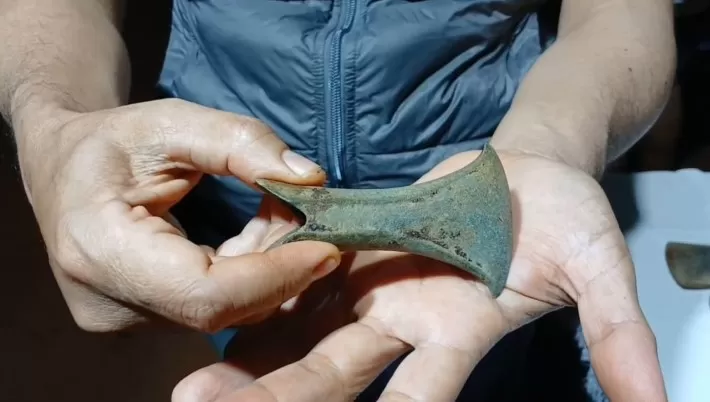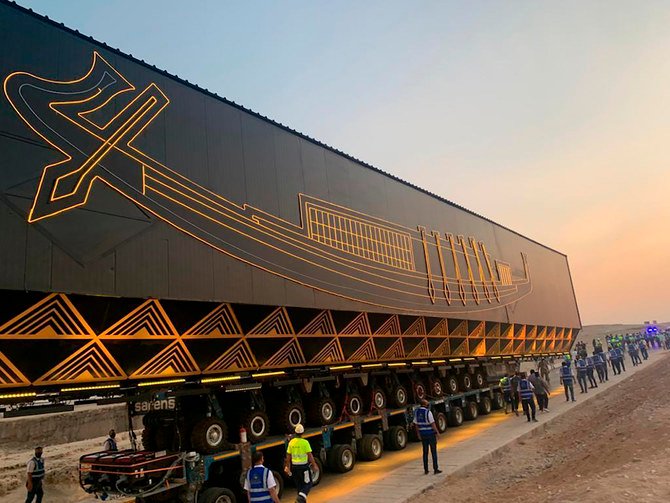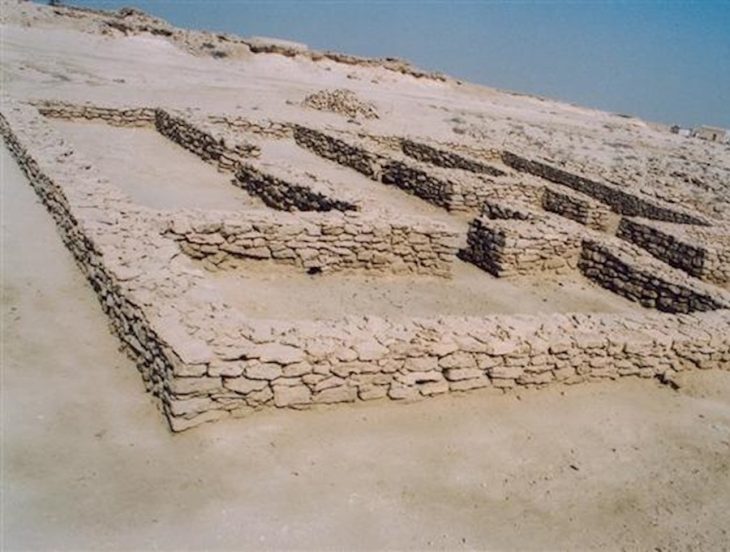The diadem found in the Bronze Age tomb belonging to the El Algar culture may have belonged to a queen. The abundance of valuable items found in the tomb surprised the researchers. Researchers believe that El Algar elite women ruled 4000 years ago.
El Algar is a cultural region in Spain that is thought to have been trading with other Mediterranean communities since the Early Bronze Age.
This is one of the most lavish burials of the European Bronze Age; and although the woman was buried with the man, most of the expensive grave goods belonged to her, suggesting that she had a much higher social status.
Researchers led by archaeologist Vicente Lull of the Autonomous University of Barcelona in Spain compared her tomb with the tombs of other El Argar women and concluded that Women in this culture may have played a more important political role than we have previously known.
The tomb itself is a large ceramic jar named Tomb 38, which was discovered in 2014 at the La Almoloya archeological site on the Iberian Peninsula in Spain. It was found under the floor of what appeared to be the dominion hall, and the palace hall was full of benches. This explanation is supported by the richness of the content of the tomb.
📣 Our WhatsApp channel is now LIVE! Stay up-to-date with the latest news and updates, just click here to follow us on WhatsApp and never miss a thing!!
“The general lack of artifacts on the floor of [the hall] H9, combined with the structural prominence of the benches, indicate that social gatherings of up to 50 individuals could be held in this large room. We can only speculate as to whether such meetings were intended for discussion and participation in shared decision making or, rather, for the transmission of orders within a hierarchical chain of command. That the grave offerings of grave 38 far exceed those from any other contemporaneous tomb in La Almoloya, and in many other sites, suggests the second option” the researchers wrote in their paper.
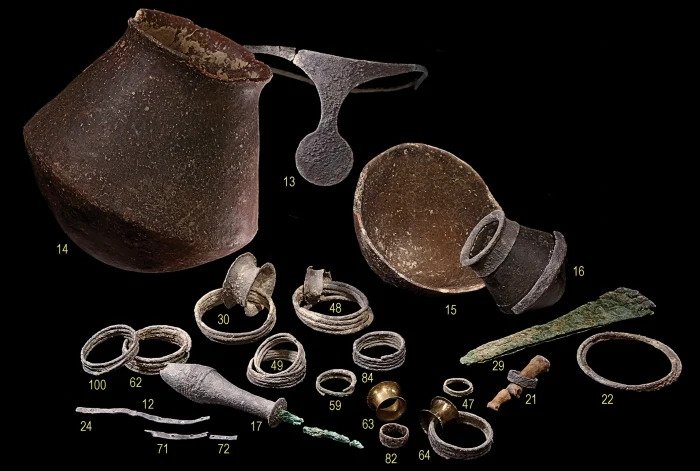
The jar contains the remains of two people: a man who died between the ages of 35 and 40, and a woman who died between the ages of 25 and 30.
The man’s bones showed signs of wear and tear consistent with long-term physical activity, perhaps horse-riding, and a healed traumatic injury to the front of his head.
The woman’s bones showed signs of congenital abnormalities, including a missing rib, only six cervical vertebrae, and fused sacral vertebrae. The marks on her ribs could have been caused by a lung infection when she died.
Nevertheless, she seemed to be rich. The pair were buried with 29 items, most of which were made of silver, and most of them seemed to belong to a woman – necklaces, shoulder bracelets, an awl with a silver handle, and silver-plated ceramic pots, the latter two of which would require considerable skill in goldsmithing.

But what the woman wore on her head really excited the research team: a small silver circle or crown with a silver disk on it that could extend down to her forehead or the bridge of her nose. This is similar to the other four diadems found in the graves of wealthy women in the 19th century.
“The singularity of these diadems is extraordinary. They were symbolic objects made for these women, thus transforming them into emblematic subjects of the dominant ruling class,” said archaeologist Cristina Rihuete-Herrada of the Autonomous University of Barcelona in Spain.
“Each piece is unique, comparable to funerary objects pertaining to the ruling class of other regions, such as Brittany, Wessex and Unetice, or in the eastern Mediterranean of the 17th century BCE, contemporary to our Grave 38.”
The silver in the grave goods had a combined weight of around 230 grams (8 ounces).
The previous analysis suggested that the woman buried in such a rich tomb was either the monarch or the wife of the monarch. It is still uncertain, but the research team believes that the evidence points to the former.
“In the Argaric society, women of the dominant classes were buried with diadems, while the men were buried with a sword and dagger,” they explained.
It shouldn’t come as a surprise that women became managers even at that time. They may have more original thoughts than the age we live in.


